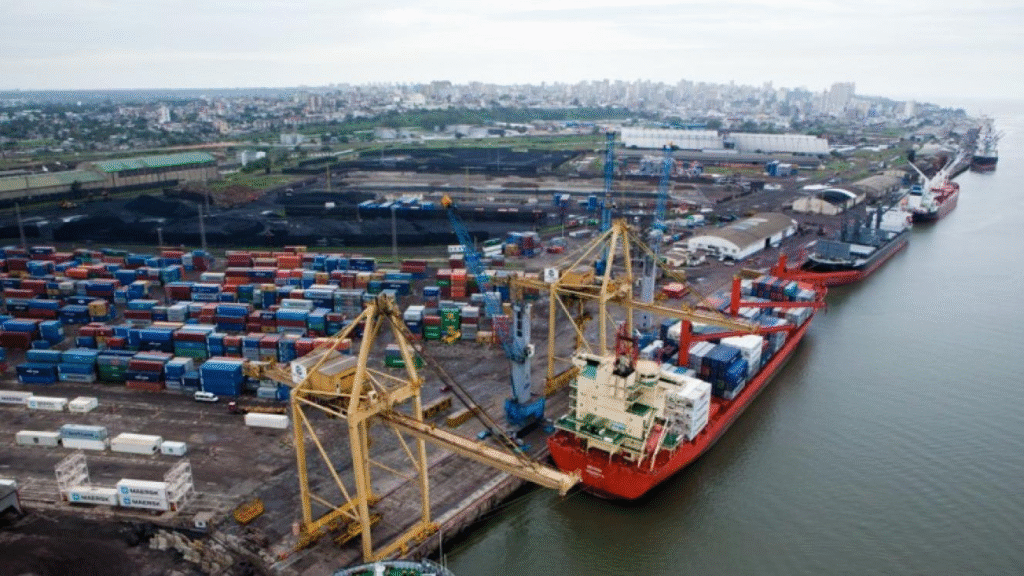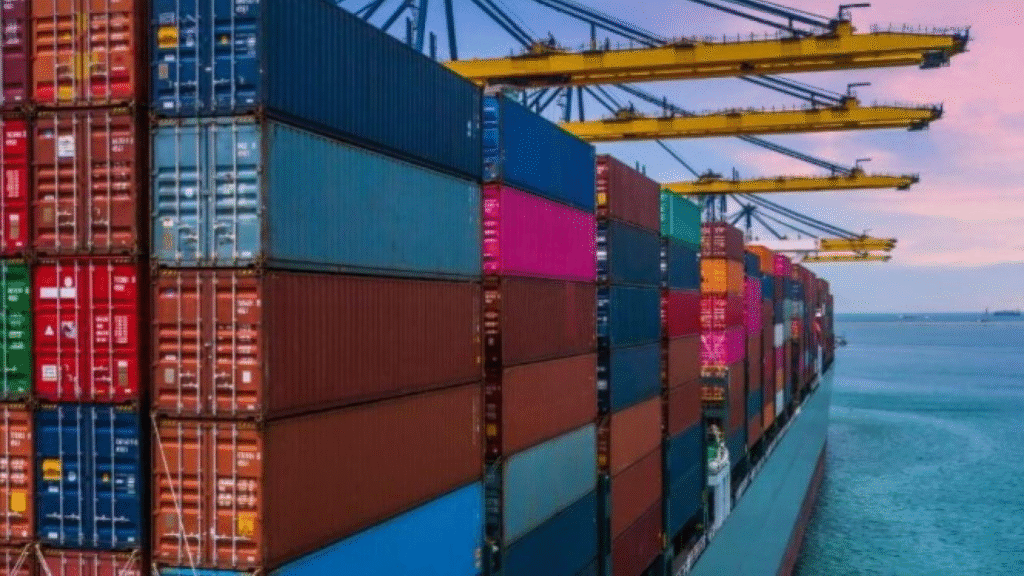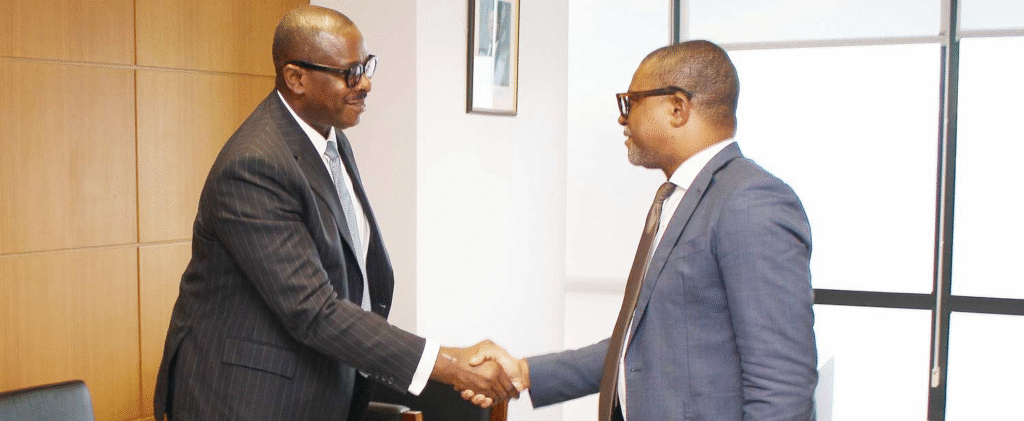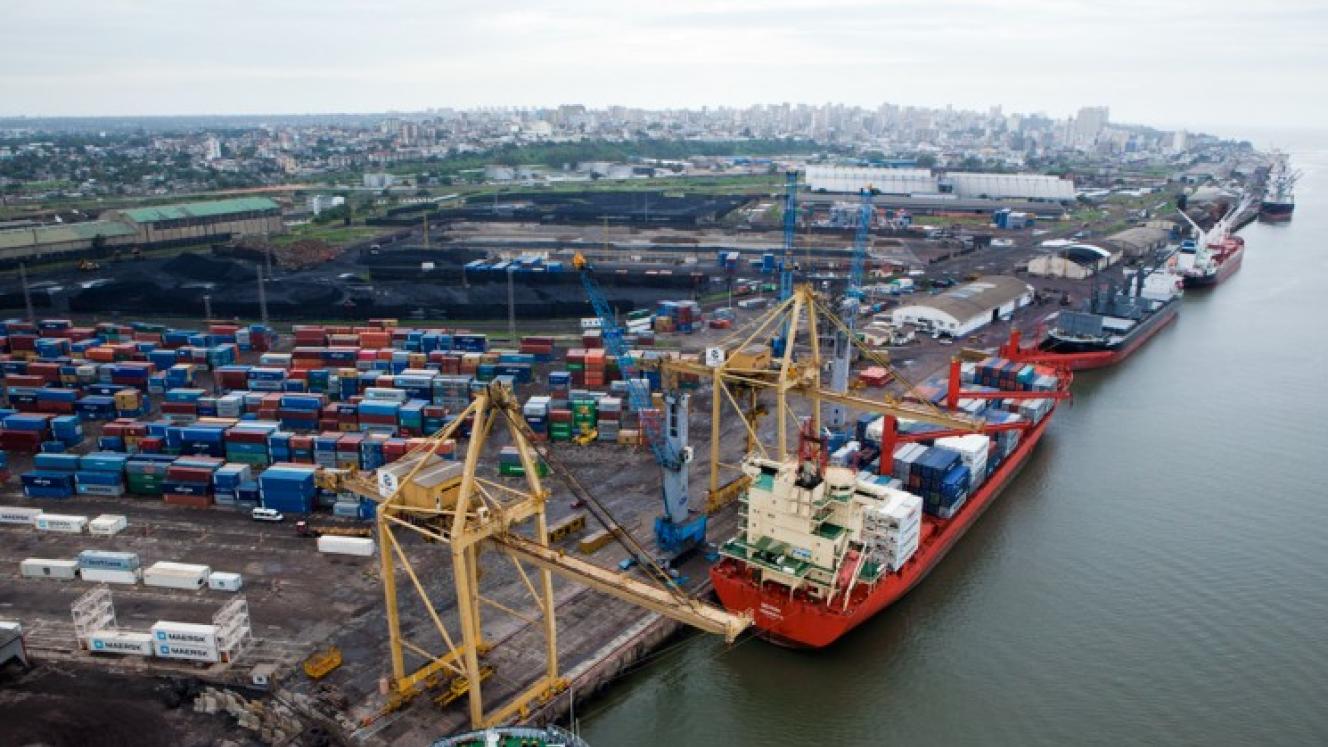At a Glance
- Mozambique is investing heavily in ports, rail, and roads to become a logistics hub.
- Corridors like Maputo, Beira, and Nacala connect landlocked neighbors to global trade.
- Backed by AfDB and private partners, the strategy aims to cut costs and boost growth.
Mozambique is moving to redefine its economic future by investing heavily in transport corridors that connect its vast interior to one of Africa’s longest coastlines.
The government views these projects not simply as infrastructure upgrades but as building blocks for long-term growth and industrialization.
For decades, the country has served as a vital gateway for its landlocked neighbors.
But officials say the time has come to move beyond being just a transit point.
By expanding ports, modernizing rail lines, upgrading roads, and digitizing customs systems, Mozambique hopes to position itself as a regional logistics and services hub.
The timing is critical. Global supply chains are shifting, and southern Africa is searching for new trade routes to support industrial expansion.
Countries such as Malawi, Zambia, and Zimbabwe rely heavily on Mozambican ports to move minerals, fuel, and agricultural goods.
For them, these corridors are more than just roads and railways—they are economic lifelines.
João Jorge Matlombe, Mozambique’s minister of transport and logistics, said the aim is efficiency and competitiveness.
“We want goods to move faster, at lower cost, and under greater security,” he told reporters.
“At the same time, we are creating an ecosystem where Mozambique adds value to trade instead of just passing goods along.”
The government is working with private investors and partners such as the African Development Bank to fund these ambitious projects.
The financing model blends public-private partnerships, dedicated maintenance funds, and digital platforms to integrate customs and inspection processes.

Maputo corridor: Southern Africa’s artery
The Maputo Development Corridor remains the flagship of Mozambique’s trade routes.
Linking the Port of Maputo to South Africa’s Gauteng province, it has become a preferred export channel for minerals and agricultural products.
It also attracts cargo diverted from congested South African ports such as Durban and Richards Bay.
In 2024, the Port of Maputo handled 30.9 million tonnes of cargo, according to the Maputo Port Development Company.
That figure came despite disruptions caused by political unrest that briefly closed the Lebombo border crossing.
Both road and rail traffic still posted growth, and plans are in motion to expand links deeper into Zimbabwe and Eswatini, broadening the corridor’s regional reach.

Beira and Nacala: Opening new trade routes
Mozambique’s central Beira Corridor is equally strategic, providing access from the Port of Beira to Zimbabwe, Zambia, Malawi, and the Democratic Republic of Congo.
With rail and road links, along with a fuel pipeline to Zimbabwe, the corridor underpins energy supplies and trade flows across the region.
Farther north, the Nacala Corridor is anchored by one of Africa’s deepest natural ports.
Traditionally used for coal exports from Mozambique’s Tete Province, the port and rail network are now being modernized to handle a wider range of cargo.
Recent investments are funding new container terminals, quay expansions, and equipment upgrades, opening the way for more agricultural and manufacturing exports.
Cabo Delgado: Energy Corridor in the Making In the far north, the Cabo Delgado Corridor is at an earlier stage of development.
Its growth is tied to Mozambique’s vast liquefied natural gas projects near Palma and Pemba.
The government envisions the corridor as an energy logistics hub linking Mozambique with Tanzania.
But weak infrastructure and limited road connections remain major challenges that could slow progress.
Backing from development partners
International partners are backing the government’s vision.
The African Development Bank has pledged to combine sovereign financing, private capital, and development funds to accelerate modernization.
Solomon Quaynor, the bank’s vice president, said infrastructure alone will not be enough.
“Corridors only work if the soft infrastructure keeps up,” he said.
“That means transparent systems, simplified cross-border processes, and financing instruments that give investors confidence.”
Technology providers are also stepping in. Companies such as Scanning Systems are installing inspection technologies at ports and borders to reduce delays, strengthen revenue collection, and combat smuggling.
These tools, which integrate directly into customs platforms, aim to make Mozambique’s corridors safer and more attractive to investors.

A regional growth bet
For Mozambique, transport corridors are more than logistics channels—they are a bet on industrialization, regional integration, and sustained economic expansion.
By cutting costs, speeding up trade, and drawing foreign investment, officials hope to recast the country’s image from a fragile transit economy into a trusted logistics hub at the heart of southern Africa.
If the strategy succeeds, Mozambique could secure not only a stronger role in regional commerce but also a lasting foundation for growth in one of Africa’s most promising frontiers.





